I stock up at Asian grocery stores once a month. Here are 12 things I always make sure to buy.
Josh Ong

- I grew up making Asian food with my family, but ingredients weren't always easy to come by.
- I would often have to visit Asian stores to find specialist ingredients.
I'm half-Asian and spent a lot of my childhood hunting for ingredients to make food from my dad's side of my family.
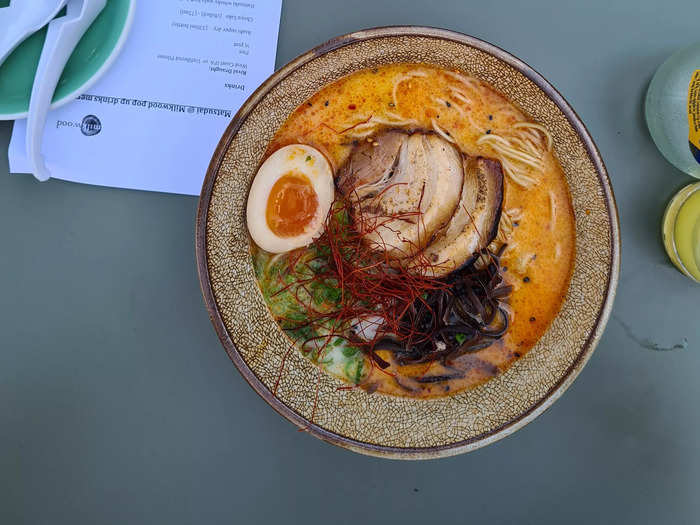
While I have lived in Britain all of my life, I often find myself reaching for Asian food as a way to reconnect with my roots. However, shopping for ingredients for dishes in grocery stores can often be difficult.
Supermarkets and big stores have generally gotten better at stocking a much wider and diverse range of products used in non-Western cuisines, but they can often be expensive. So around once a month, I visit an Asian store to stock up staples that are hard to find elsewhere and are perfect for easy and cheap meals.
While prices and range of products will differ from store to store, here are the 12 things all stores tend to stock that I will always pick up.
Rice — lots of it.
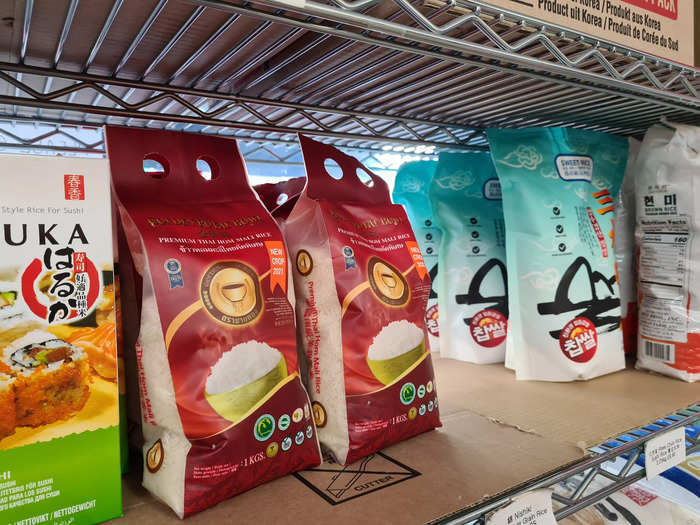
The rice section can often be very daunting, with stores often stocking a huge range of varieties and brands. I will almost always reach for a medium-sized bag of high-quality jasmine and basmati rice for around £3, or $4, at my local Asian grocery store in the UK, as both are fairly versatile.
Rice is one of the few things that is a little more expensive than traditional stores. However, it's worth spending a little extra money on while at an Asian store, as the quality of the grains is almost always far better in my opinion.
Panko breadcrumbs.
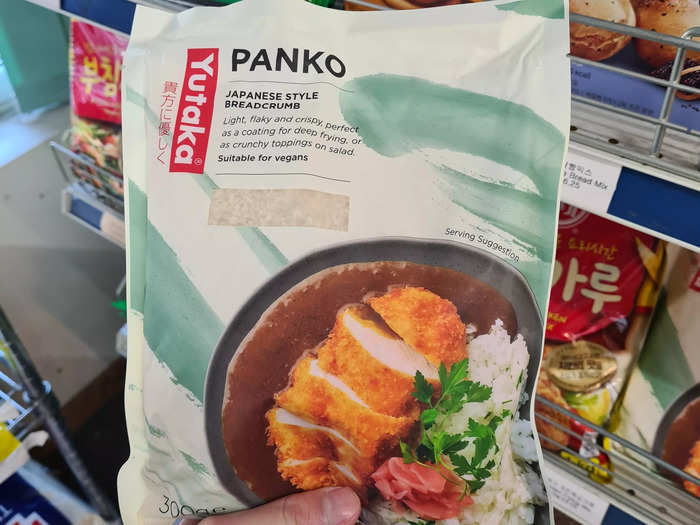
These Japanese panko breadcrumbs tend to always be cheaper in Asian stores at around £1.50, or around $2, for a large bag. They're great for non-Asian foods too, and will last for a long time if stored correctly in an air-tight container.
Curry pastes.
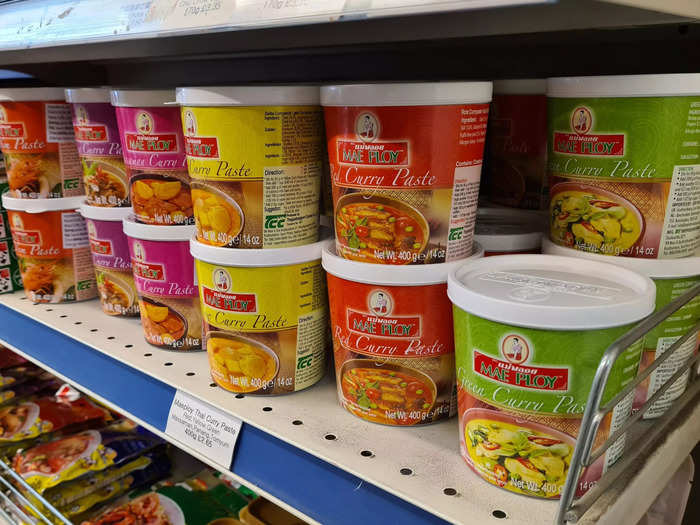
These time-savers are heavy on flavor for when you don't have the time to make a curry paste yourself. At around £3, or $4, in this store, they just need frying in oil to bring out the aromatics as the perfect foundation for a great meal.
Gochujang — Korean red pepper paste.
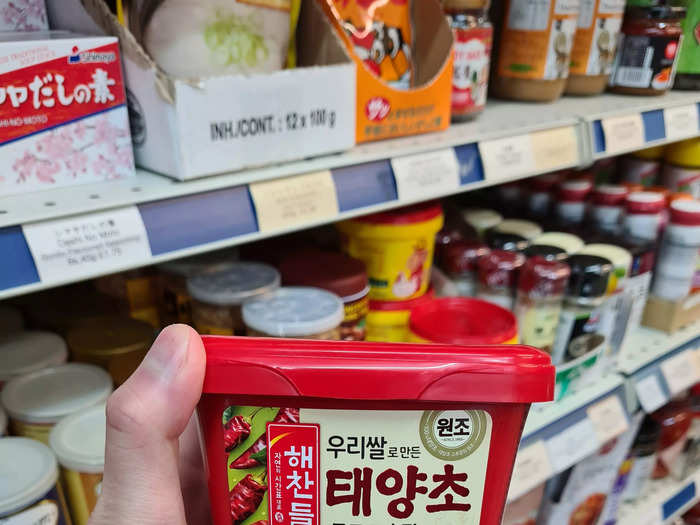
This earthy chili paste is central to a lot of Korean dishes and is great for everything from saucing fried chicken to upgrading condiments like mayonnaise. A small container like this usually costs me no more than £4, or around $5, and should last for a month or two at least.
High-quality sesame oil.
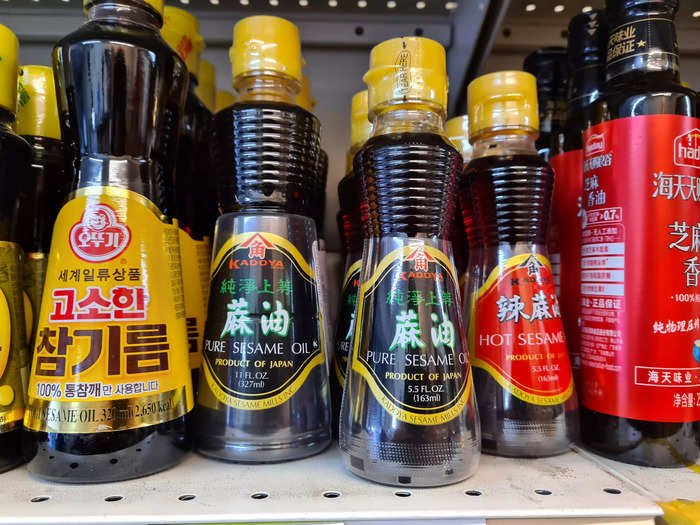
High-quality sesame oil is always a priority for me. I tend to prefer the Japanese ones that are great for finishing dishes. While these may come at a higher price point — in this case around £4, or $5, for a small bottle — you'll only need to use a tiny amount per use.
Monosodium Glutamate (MSG).
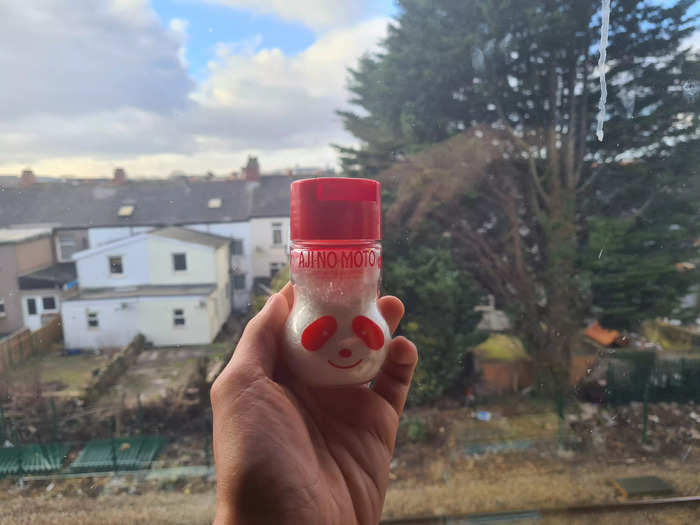
Thanks to Chinese Restaurant Syndrome, MSG probably has some of the worst PR in the food world. However, since many of the myths surrounding it — such as causing migraines and being very high in sodium — have been debunked, it's gaining popularity.
In reality, MSG works as a flavor enhancer, helping to boost the umami of dishes. It is found naturally in many foods like tomatoes or cheese, but it can also be made into flakes similar to salt that can be added to food in the cooking process.
You'll likely find it in small bags or a little dispenser like this, which was around £2, or $3. Just a tiny amount can make all the difference in enhancing the flavor of dishes like egg-fried rice.
Instant ramen.
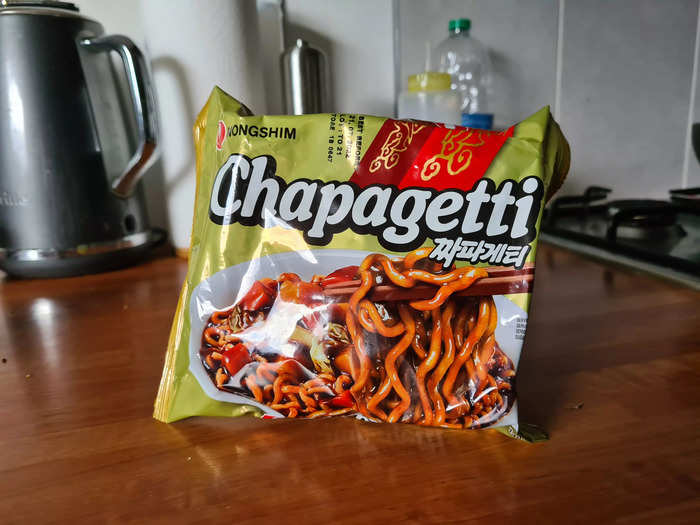
While they're not the healthiest or most nutritious food in the world, they're a satisfying and easy meal for when you're not in the mood for cooking. They're also easy to upgrade with a boiled egg or topped with scallions.
Instant ramen can range anywhere from around 40p, or around 50 cents, all the way up to upwards of £1, or $1.50, per packet for the premium options.
Soy sauce — a big bottle.
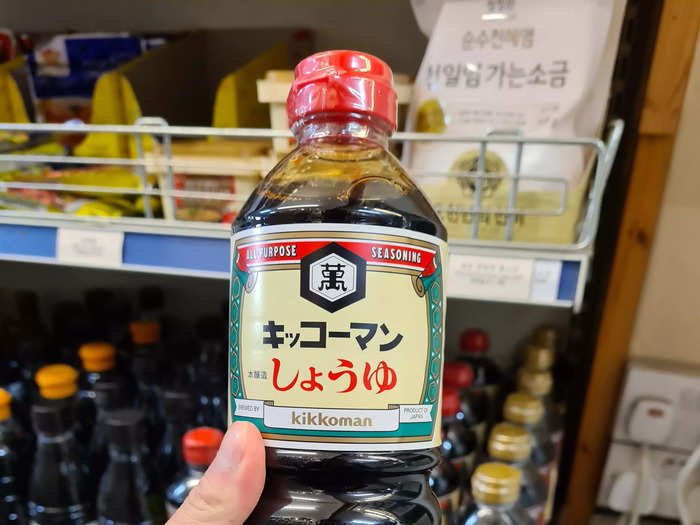
Used in a large proportion of Chinese and east-Asian cooking, I get through this umami-boosting condiment at an alarming rate.
Asian stores tend to stock much larger bottles like this for a much lower price than grocery stores at around £3, or $4, which certainly helps me solve this problem.
Sriracha.
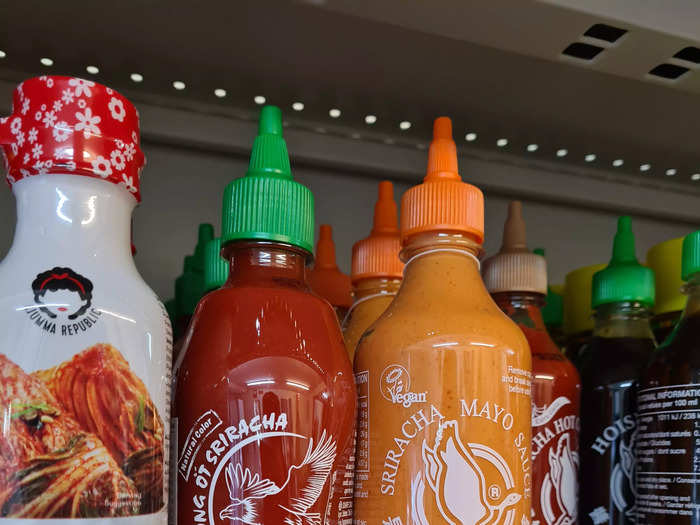
The universally-loved hot sauce is great on pretty much anything. Brands will vary, but a bottle of sriracha isn't likely to cost more than £3, or $4.
Dried noodles.
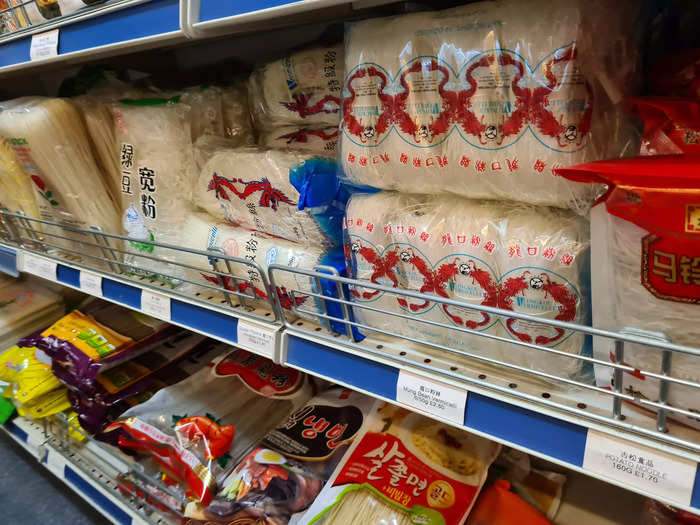
Dried noodles are just a short boil away from being a quick easy mid-week meal. I often buy a range, preferring egg noodles for stir-fries, and flat wide rice noodles for south-east Asian dishes, like pad thai or pho.
The price of noodles will likely vary, ranging anywhere from £1 to £5, or $2 to $6, per packet. However, even the more premium options are still great value.
Dark soy sauce.
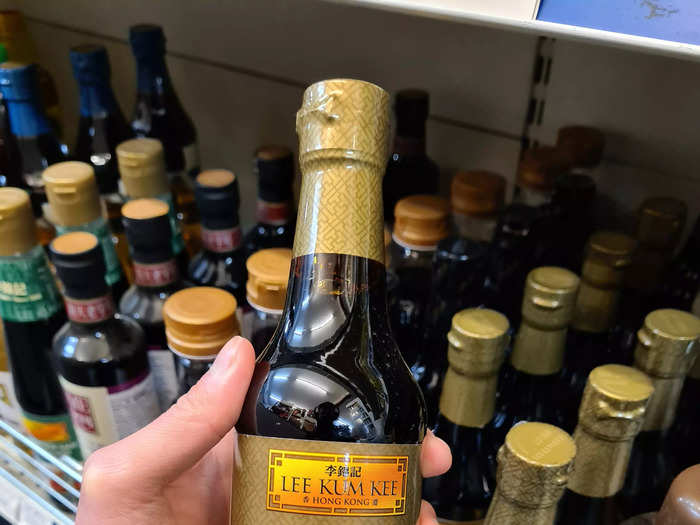
Soy sauce's darker and aged counterpart is often overlooked by most shoppers, but it's just as essential in a lot of Chinese cooking. While it doesn't offer the same saltiness, dark soy is key to helping color dishes and develop deeper flavor.
Dark soy is priced similarly to regular soy sauce, with a big bottle like this costing me around £3, or around $4.
Frozen dumplings.
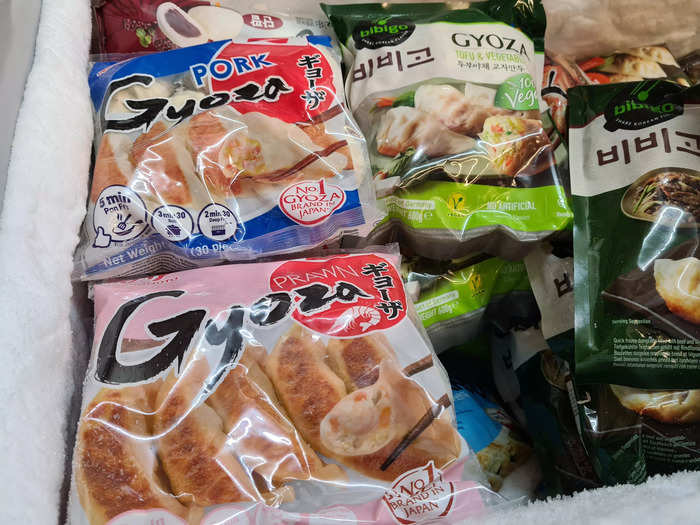
These are great for at-home lunches as they can be cooked straight from frozen. For potstickers and gyoza, pan-frying and steaming make for the best dumplings with a pillowy texture and crispy edge.
Frozen dumplings will probably have the largest variation in price, with budget options around £5 or $6, all the way up to around £15 or $20 for a large bag or more delicate dim sum-style dumplings.
READ MORE ARTICLES ON
Popular Right Now
Popular Keywords
Advertisement